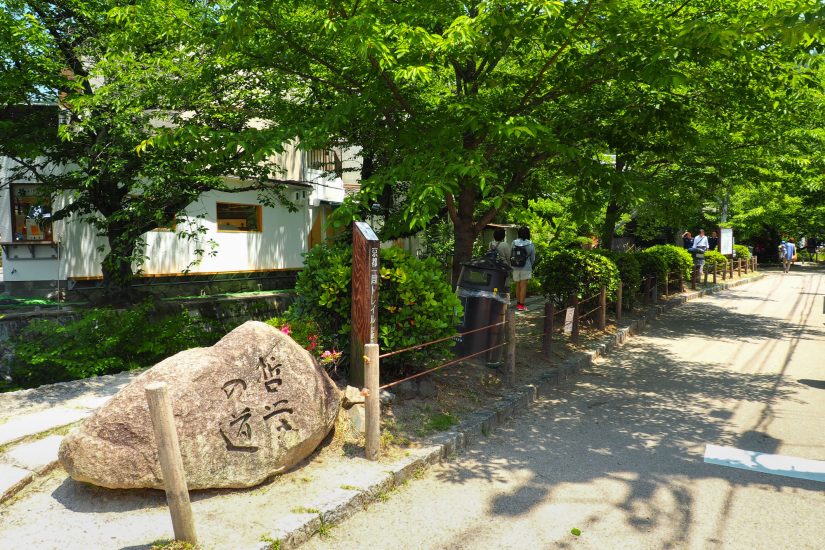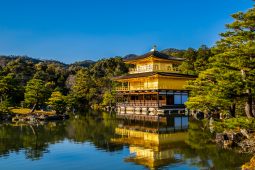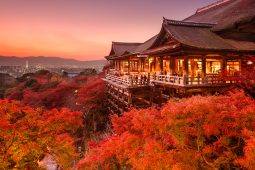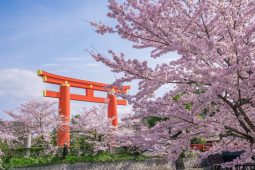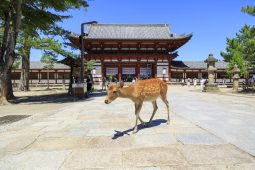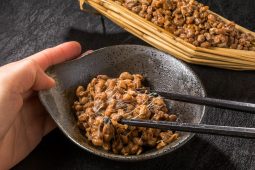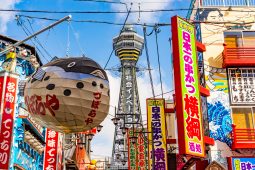Last time, we talked about one of the most popular tourist spots in all of Japan. Up next, we have a spot that’s just about unknown for anyone outside the country, and in some cases, even for someone who’s always lived in Japan (despite being counted as a national treasure and so forth).
Let’s start with our cast (of one) first, like before. Yoshimasa Ashikaga, formerly Yoshinari (not to be confused with Yoshinori, his father), is the 8th shogun of his particular shogunate, where Yoshimitsu was the 3rd. Yoshimitsu was his grandfather, though by the time Yoshimasa was born, his grandfather had been dead for 28 years. Bit of a gap, there.
Under his rule – 1449-1473 – , we saw the growth of a lot of things that people associate quite strongly with Japanese culture: Noh, flower arrangements, tea ceremonies, and so on, as well as the integration of samurai culture into the lives of the imperial court (as opposed to the cleaner past split of courtier and warrior caste lives). Over six hundred years later, I have to convince people every few weeks that Japan today isn’t all samurai holding tea ceremonies, but I digress.
He probably didn’t have much to do with that, and just happened to be on the throne at the time. What he can take credit for is adopting an heir (specifically his younger brother) since he had no son and wanted to avoid a succession crisis, only to end up having a son just the next year, kicking off the Ōnin War two years after that, once it moved on from just being the Ōnin Loud Arguments In The Next Room. Not by the actual heirs, but for people fighting for the succession rights of the man’s 28-year-old brother or, alternatively, an actual toddler. This, by the way, is the very same war that ended up burning down every bit of the Kinkaku-ji complex that wasn’t plated with gold (potential looters usually have second thoughts about torching a building covered in money). In fact, most of Kyoto and more got burned down.
Come to think of it, of his claims to fame, the temple is probably the less embarrassing and messy one.
Let’s look at that instead.
Jishō-ji, more popularly known as Ginkaku-ji (temple of the silver pavilion) since Edo like its golden counterpart, has a lot in common with Kinkaku-ji. It’s a multi-floor (two in this case) structure dedicated to Kannon, began life as a villa, and was renamed after its owner’s posthumous Buddhist name.
The similarities are no accident. Ginkaku-ji was started entirely for the purpose of mimicking Kinkaku-ji, and upstaging his grandfather, some 70 sixty-odd years after the fact. He would do this by making his own villa-turned-zen-temple, covered with silver instead of gold.
At this point, some people would suggest that apart from lacking imagination, the man had already lost, but let him dream.
The aforementioned Ōnin War put a stop to the construction on account of most of the city being on fire. Make no mistake, though, this wasn’t a tragic setback, it was a very handy excuse. There was already one problem with completing the structure just as a wooden temple (and surrounding gardens): Yoshimasa Ashikaga, shogun of Kyoto and more, was completely, utterly bankrupted by it. He went in with plans to build a silver-plated temple, and ran out of budget building an ordinary wooden one. I’m not quite sure how he didn’t see this coming, or have any idea of his budget, though in all fairness the war was probably expensive.
He spent some time living in Ginkaku-ji as a villa, which was closer to hiding a lot of the time given the circumstances, trying to get away from it all. Getting away from it all included, I assume, pretending not to notice that large parts of his villa were very obviously unfinished. It’s not a luxury summer home so much as lurking in a construction site.
It was finished within his lifetime (what we see now is supposedly what he saw), except there’s a reason there hasn’t been a picture until this point in the article. You probably saw this coming by now, but he never got around to the more spectacular parts of his plans for the temple. The temple of the silver pavilion does not, in fact, have any silver in it at all. The name stuck, but it’s all wood.
To its credit, and probably because it only finished after the war, Ginkaku-ji at least hasn’t been burned down since, or anything quite so exciting. It did get heavily refurbished in 2008, and the idea of putting some silver on it was on the table, but eventually everyone decided it would be missing the point. While I actually agree, it’s still a funny idea considering that fifty years prior, Kinkaku-ji got five times the gold leaf it used to have, just in case it wears off again.
This next part might come as a surprise after all the jokes I’ve made about it, but I actually like Ginkaku-ji. Between the plain (at least, as far as ornate carvings and impressive architecture are ‘plain’) wood construction, the beautiful greenery, the sand garden, the raked gravel fields and so on, it’s an incredible sight. I also think that even with the gravel not being quite right for a zen garden, being made for aesthetics over meditation – at least, so I hear, but I’m not nearly enough of an expert to tell – it’s a lot more fitting. That is, if I’m going to go and see a temple and its surrounding gardens, I think this is much more to the point of it than anything covered in enormous amounts of gold.
You should still definitely see Kinkaku-ji, but if you’re in Kyoto, pay Ginkaku-ji a visit too. It’s one of the better sights in the city, if only by accident. It’s also much less crowded with tourists, and believe me, you’ll start to appreciate that after some of Kyoto’s more famous sites.


